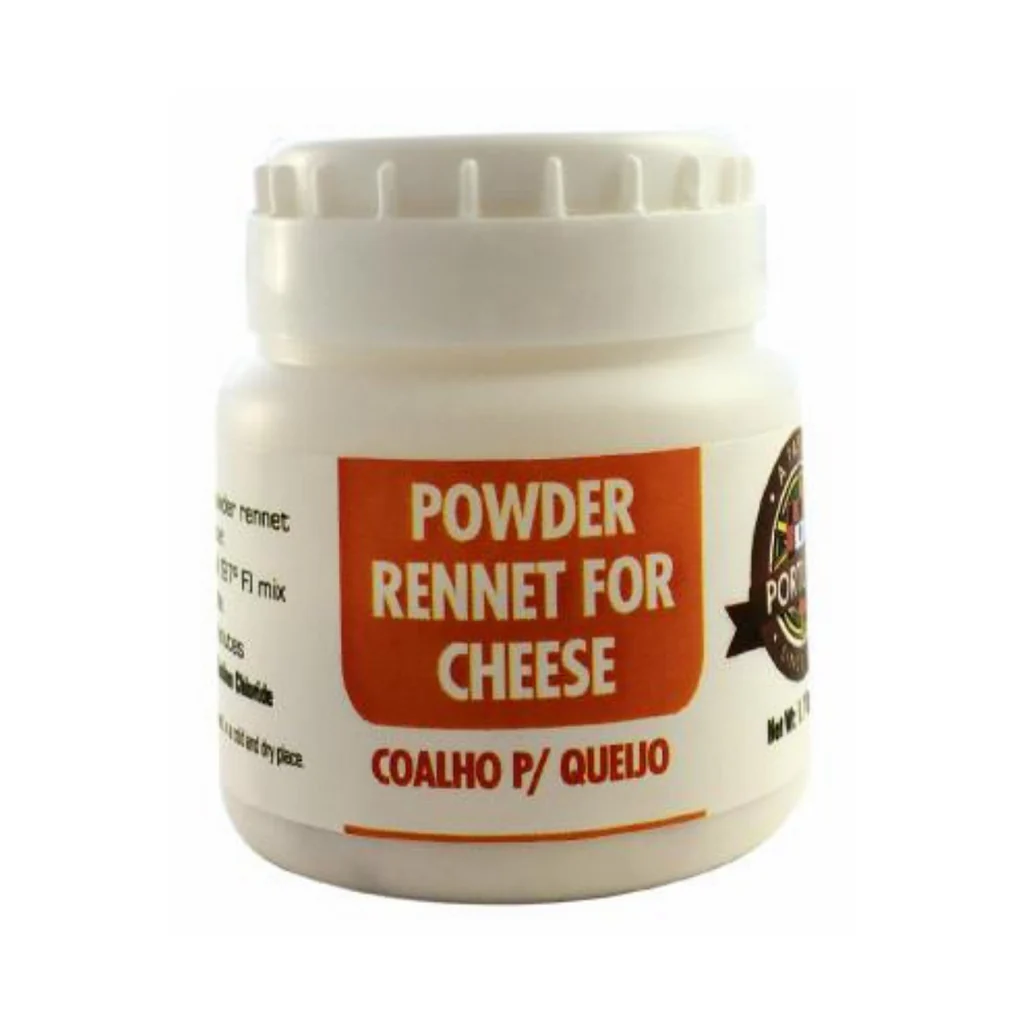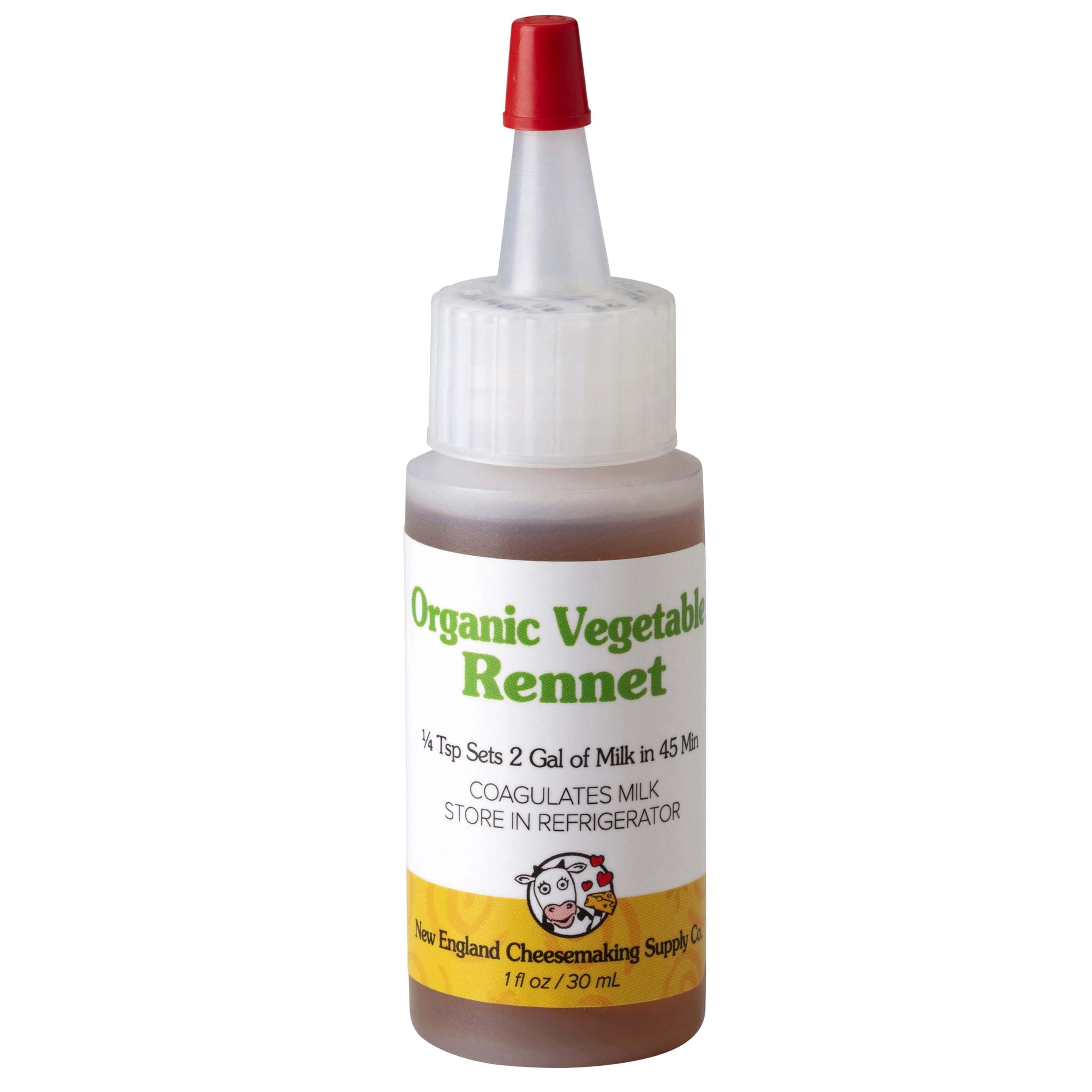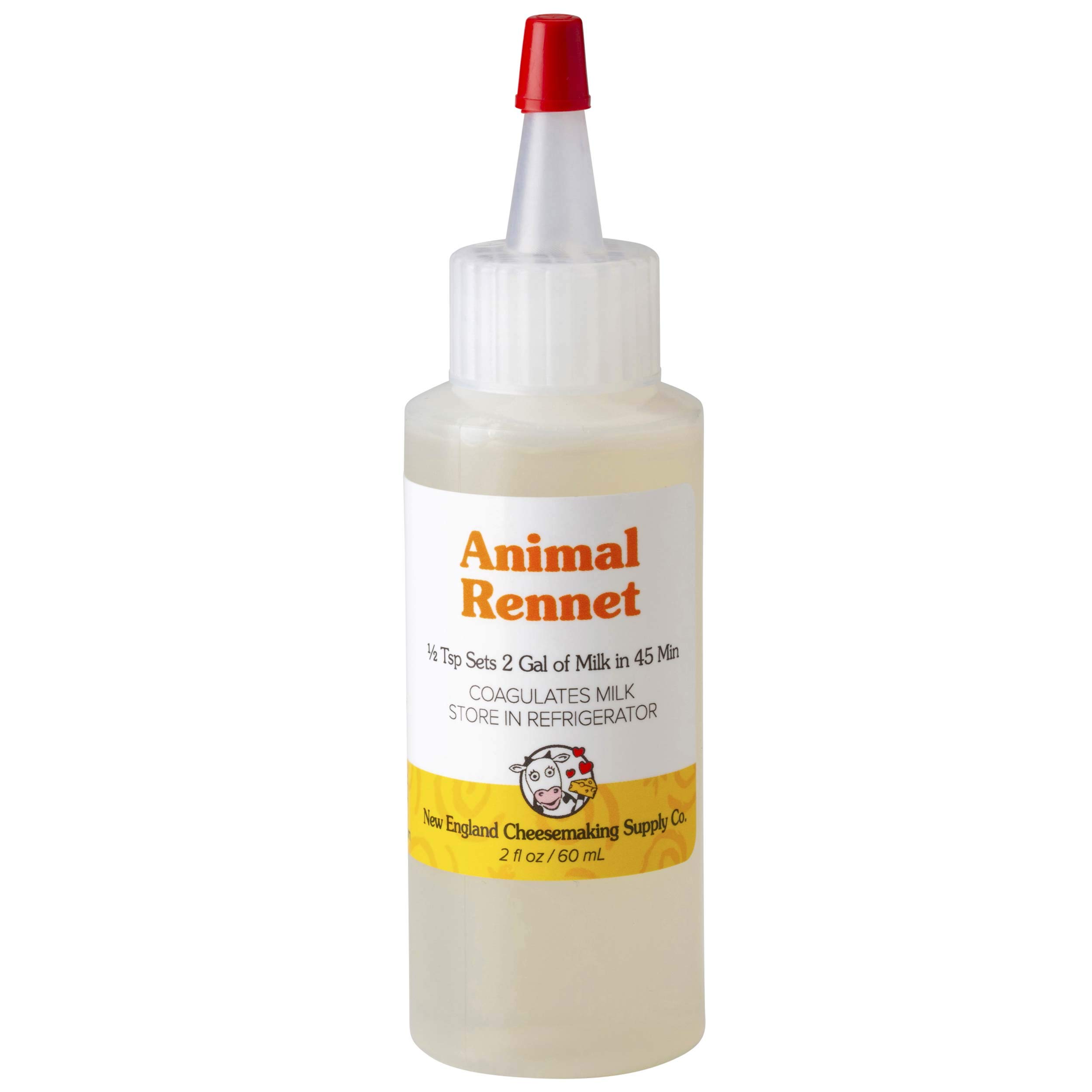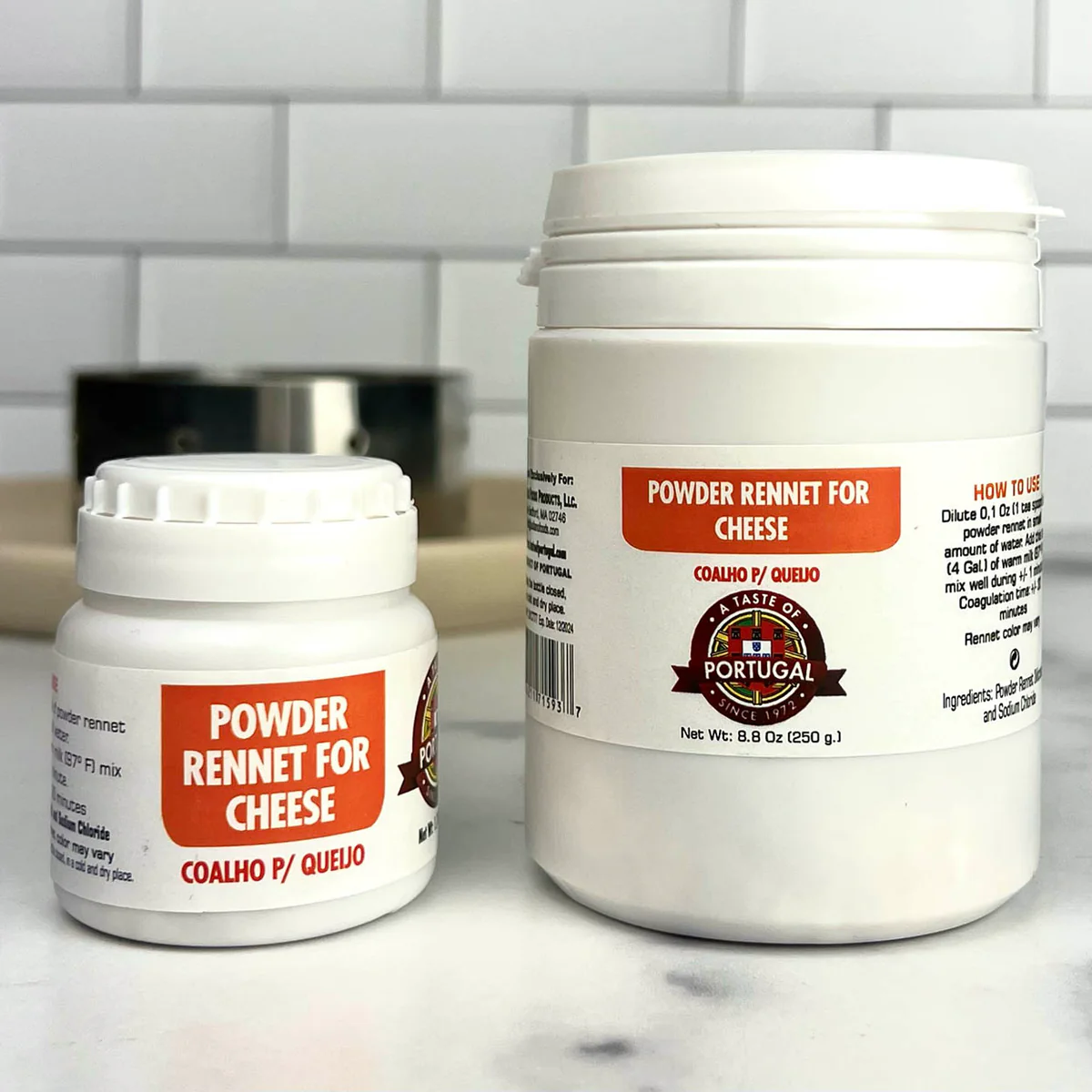Description
Title: Rennet: The Enzyme That Makes Cheese Possible
Rennet is a crucial ingredient in the production of many types of cheese, yet not many people know what it is or how it works. This enzyme, derived from the stomachs of ruminant animals, plays a vital role in the coagulation of milk, which is the first step in the cheese-making process. In this article, we will delve into the world of rennet, its history, production, and applications in cheese-making.
History of Rennet
The use of rennet in cheese-making dates back thousands of years. Ancient civilizations, such as the Egyptians, Greeks, and Romans, all used rennet to make cheese. The enzyme was obtained from the stomachs of young animals, such as calves, kids, and lambs, which were slaughtered for their meat. The fourth stomach, or abomasum, of these animals contains large amounts of rennet, which was extracted and used to curdle milk.
Production of Rennet
Traditionally, rennet was produced by cleaning and drying the stomachs of young ruminant animals, then cutting them into small pieces and soaking them in a saltwater solution. The mixture was then left to ferment for several days, during which time the rennet enzymes were released into the solution. The resulting liquid was then filtered, concentrated, and stored for use in cheese-making.
Today, most commercial rennet is produced using a similar method, but with some important differences. The stomachs used are usually from calves that have been raised for veal production, and the fermentation process is carefully controlled to ensure the consistent quality of the rennet. Additionally, modern techniques, such as centrifugation and ultrafiltration, are used to purify and concentrate the rennet.
Another significant development in the production of rennet is the development of microbial and genetically modified rennet. Microbial rennet is produced by fermenting certain types of bacteria, such as Mucor miehei and Rhizomucor pusillus, which produce enzymes similar to those found in animal rennet. Genetically modified rennet, on the other hand, is produced by inserting the gene for the rennet enzyme into a host organism, such as yeast or E. coli, which then produces the enzyme. These alternatives to traditional animal rennet are popular among vegetarians and those who object to the use of animal products.
Applications in Cheese-Making
Rennet plays a vital role in the cheese-making process by causing the milk proteins, casein, to coagulate and form curds. When rennet is added to milk, it cleaves a specific bond in the casein molecules, causing them to precipitate and form curds. The remaining liquid, or whey, is then separated from the curds, and the curds are further processed to make cheese.
Different types of cheese require different amounts of rennet, and the choice of rennet can also affect the flavor and texture of the final product. For example, cheeses made with animal rennet often have a richer, fuller flavor than those made with microbial or genetically modified rennet. Additionally, some types of cheese, such as mozzarella and ricotta, can be made without the use of rennet, using acidification instead to cause the milk to coagulate.
Conclusion
Rennet is an enzyme with a long and storied history in cheese-making. Derived from the stomachs of young ruminant animals, this enzyme has played a crucial role in the production of many types of cheese for thousands of years. Today, rennet is still widely used in cheese-making, although modern techniques, such as microbial and genetically modified rennet, offer alternatives to traditional animal rennet. Regardless of its source, rennet remains a vital ingredient in the cheese-making process, allowing milk to coagulate and form the curds that are the foundation of so many delicious cheeses.













Reviews
There are no reviews yet.